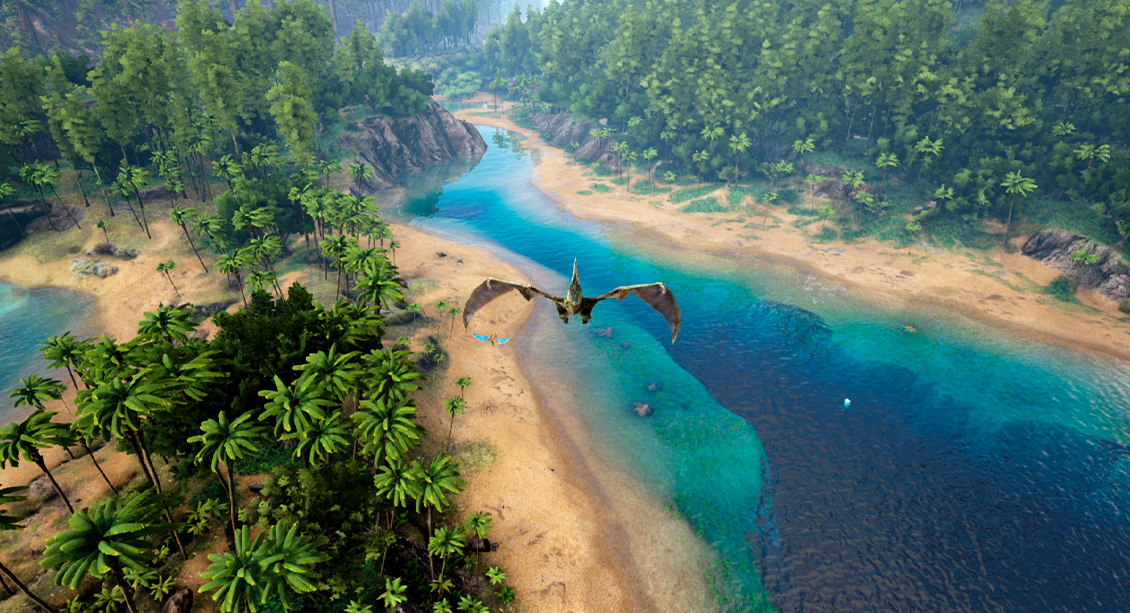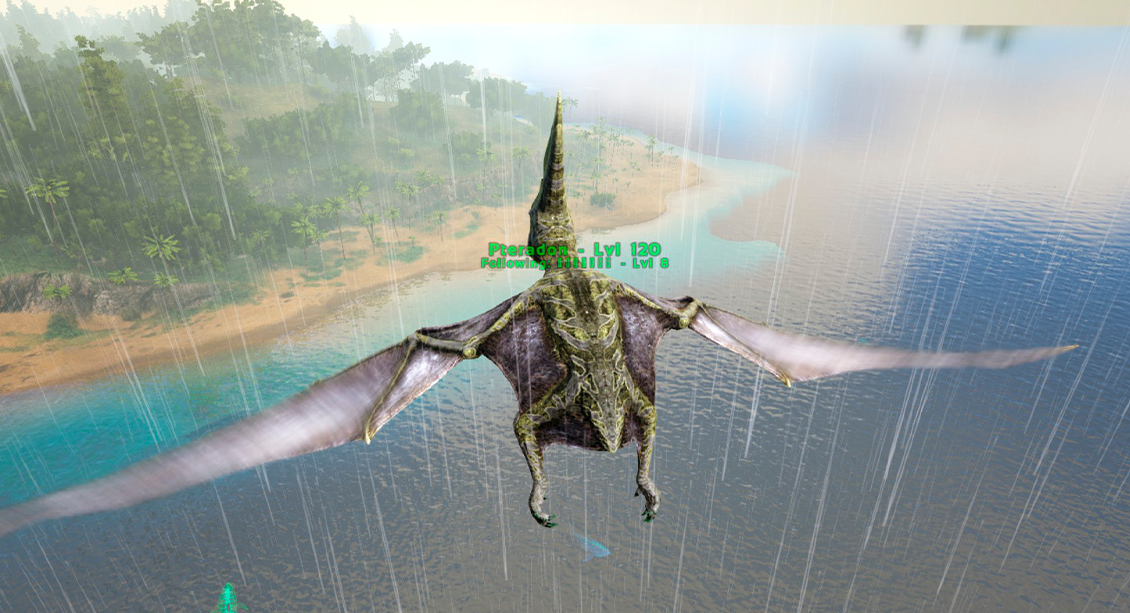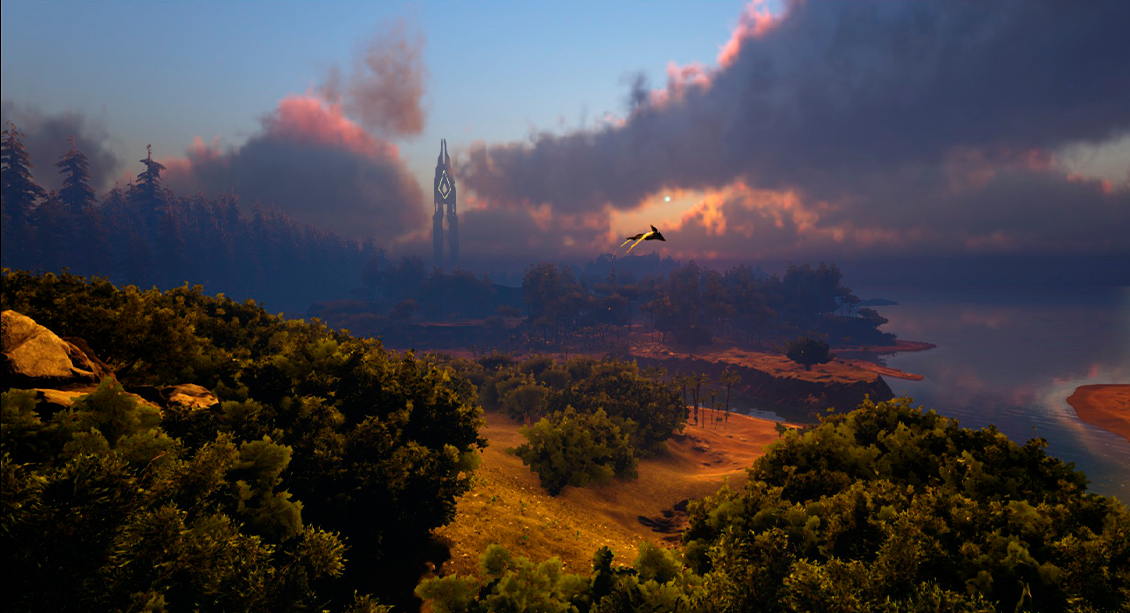How To Tame a Pteranodon in ARK

Make Your Own ARK: Survival Evolved Server
Your own ARK: Survival Evolved server is only 5 minutes away!
Start Your ARK: Survival Evolved Server Today!
How to Tame a Pteranodon in ARK
So, you’ve been hoofing it across beaches, dodging raptors, and dreaming of life in the sky? Then it’s time to learn how to tame a Pteranodon in ARK Survival Evolved. This speedy flier isn’t just your ticket to escaping danger—it’s your ride to freedom. Once you’ve tamed one, ARK’s massive map suddenly becomes a lot more manageable.In this guide, we’ll walk through the full process—where to find one, how to knock it out, the best Pteranodon ark taming food, and even how to craft the Pteranodon ARK saddle. Buckle in!
The Role of the Pteranodon in ARK
First off—why this dino? If you're wondering how do you tame a Pteranodon in ARK and why you should even bother, here's the deal: it's fast, light, and perfect for beginners. You’re not picking a war machine here—you’re choosing a scout, a travel buddy, and your first flier.Mastering the ARK Pteranodon tame is a game-changer. It lets you skip nasty terrain, scout from the sky, and grab loot from dangerous places—all while looking cool.
What to Feed It: Best Taming Food
Let’s talk chow. The best way to tame this flappy friend is with Regular Kibble—by far the fastest and most efficient. But if you’re low on ingredients, here’s the backup menu:- Regular Kibble (chef’s kiss)
- Raw Prime Fish Meat
- Raw Meat
- Cooked Meat (last resort)
Want the fastest results? Stick with kibble. It makes the whole Pteranodon ARK taming process smoother and gives you better taming effectiveness.
Where to Find a Pteranodon
Looking for your future winged Uber? You’ll find Pteranodon ARK creatures chilling near beaches, cliffs, and open fields. They like to fly around and land for naps—perfect time to strike.Top spawn spots include:
- The Island’s southern beaches
- Herbivore Island
- Cragg’s Island
- Red Obelisk (Ragnarok)
- Scorched Earth’s Desert Biome
They’re jumpy, though—get too close and they’ll dip. Wait until they touch down, then move in.
Knocking Out a Pteranodon
Here’s where the action starts. To tame it, you gotta knock it out cold. And no, running up and punching it doesn’t work (unless you want it to fly away forever).Tools You’ll Need:
- Bola
- Bow or Crossbow
- Tranquilizer Arrows or Tranq Darts
How-To:
- Wait for it to land
- Sneak up and hit it with a bola (fast hands win here)
- Fire tranq arrows/darts—aim for the head
- It’ll pass out after a few shots
Hot tip: bring more tranqs than you think you need. Nothing worse than running out mid-fight.

Feeding the Unconscious Beast
Now that it’s face-down in the dirt, it’s time to tame it for real. This is the core of how to tame a Pteranodon ARK—get the food right, and the dino is yours.Use Regular Kibble if you want a quick, clean tame. Here’s how to make it:
Ingredients:
- Medium Egg
- Cooked Meat Jerky
- Fiber
- Savoroot
- Lemongrass
- Water (from waterskin, jar, or canteen)
You’ll need a cooking pot or industrial cooker for this. If you're on 1x taming speed, a level 150 Pteranodon takes about 7 kibble. Keep extra meat just in case.
Managing Torpidity During Taming
You fed it, now what? Watch that torpidity bar! If it wakes up mid-tame, you're back to square one.Keep it asleep by feeding Narcotics or Narcoberries. Keep torpidity above 50% to play it safe. Also, always make sure there’s food in its inventory—an empty belly stops the tame dead in its tracks.
Other Taming Methods
If you're feeling brave (or desperate), you could use:- Slingshot
- Wooden Club
But be warned—these are risky and can kill your target. A smarter method? Use a trap:
Build a Quick Trap:
- Wooden fence foundations
- Wooden walls
- Wooden ceilings
Let the Pteranodon ARK fly into it, then bola and tranq it. Much safer for high-level tames and gives you room to breathe.

Crafting the Pteranodon Saddle in ARK
Can’t ride without a saddle! After the tame, your next goal is building the Pteranodon ARK saddle.What You Need:
- 75 Hide
- 125 Fiber
- 230 Chitin/Keratin/Shell Fragments
- Character Level 38
Hunt turtles, bugs, and scorpions for chitin and keratin. Once crafted, slap that saddle on your new flyer—and boom, you're airborne.
Bonus Tips for Pteranodon Taming
Want to make the most of your new sky buddy? Keep these in mind:- Boost Stamina: The more stamina, the longer it can fly
- Add to Weight: So you can haul more gear
- Don’t waste points on speed—it’s capped on most maps
- Melee is optional unless you’re aerial attacking
Remember: this isn’t a fighter—it’s a flier. Use it to escape, explore, and loot with ease.
Why Taming a Pteranodon is a Game-Changer
So, how to tame a Pteranodon in ARK isn’t just about adding a new dino to your roster—it’s about changing how you play. You go from stuck-on-foot survivor to airborne adventurer.Taming one means:
- Fast travel
- Safer exploration
- Better loot
- Dodging danger
You’re not just walking anymore. You’re soaring.
Wrapping Up
By now, you should be a pro at how to tame a Pteranodon in ARK. From tracking it down, to bola-ing, tranqing, feeding, and saddling—it’s a ride worth taming.The Pteranodon in ARK isn’t the strongest, but it’s your first step into the skies. Once you tame one, the world of ARK truly opens up. So grab your bow, your kibble, and get to work. That sky isn’t going to explore itself!
And for the smoothest experience taming your flying beast, don’t forget to gear up with Scalacube’s ARK: Survival Evolved server hosting. Hosting your own ARK server has never been easier thanks to ScalaCube. Whether you want a modded experience or a full server cluster, we make the process simple and fast, with no coding required. Just select your player slots, choose your mods, and get started in under 10 minutes.

FAQs
Can Pteranodons Swim in ARK?
No! They drown fast. Avoid oceans unless you have enough stamina to make it across.
Can You Breed Pteranodons in ARK?
Yes. You need a male and female. Breed them to get better stats over time.
Can Two Players Ride a Pteranodon?
Unfortunately, no. The Pteranodon ARK saddle is a solo ride. But hey, everyone can tame their own!
Make Your Own ARK: Survival Evolved Server
Your own ARK: Survival Evolved server is only 5 minutes away!
Start Your ARK: Survival Evolved Server Today!
Copyright 2019-2025 © ScalaCube - All Rights Reserved.